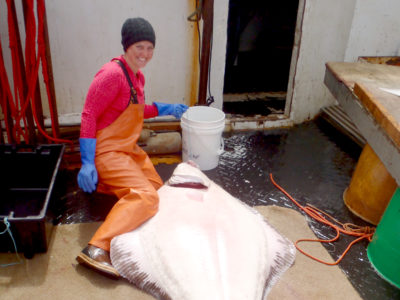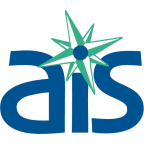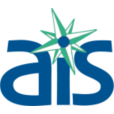
AIS has supported NOAA Fisheries and their regional observer programs since 1999. Our fisheries observers and at-sea monitors work from coastal communities throughout the United States. They deploy on commercial fishing vessels to safely collect and deliver high quality fisheries data and samples to NOAA Fisheries.
The National Oceanographic and Atmospheric Administration (NOAA) mission is to understand and predict changes in the Earth’s environment and conserve and manage coastal and marine resources to meet our Nation’s economic, social, and environmental needs. NOAA Fisheries supports the overall NOAA mission by providing science-based conservation and management for sustainable fisheries and aquaculture, marine mammals, endangered species, and their habitats.
For over 40 years NOAA Fisheries has relied on fishery observers and monitors to collect catch and by catch data from U.S. commercial fishing vessels, processing vessels, and shore side facilities. The data and samples collected are used to manage U.S. fisheries. In the United States the Observer Programs are administered by five Regional Observer Programs.
Collected Data Includes
- Catch and discard estimates of fishery resources
- Biological samples of the catch
- Incidental take estimates of protected species
- Documentation of conservation gear monitoring
- Documentation of experimental fisheries monitoring
- Economic information on revenue, costs, gear performance, and characteristics
Observers and at-sea monitors are hired by AIS and trained and certified by NMFS. They deploy to assigned ports or temporary duty locations depending on the program’s need. AIS Coordinators supervise, support, and assign the observers and at-sea monitors to trips. The length of each trip and size of the vessels covered depend on the fishery and program.
During and following each trip the observer or at-sea monitor performs quality assurance checks. Depending on the program the data may be entered and uploaded electronically or submitted on paper logs.
Data submitted to NOAA Fisheries are logged in, and distributed to Debriefers or Data Editors at NOAA Fisheries. These teams review the trip logs and look for discrepancies, missing data and errors. Debriefers and editors may contact the observer or at-sea monitor to clear up any questions regarding the data. The accepted data is stored in a NOAA Fisheries database and made available to the NMFS scientists to be used for stock assessments and research.





